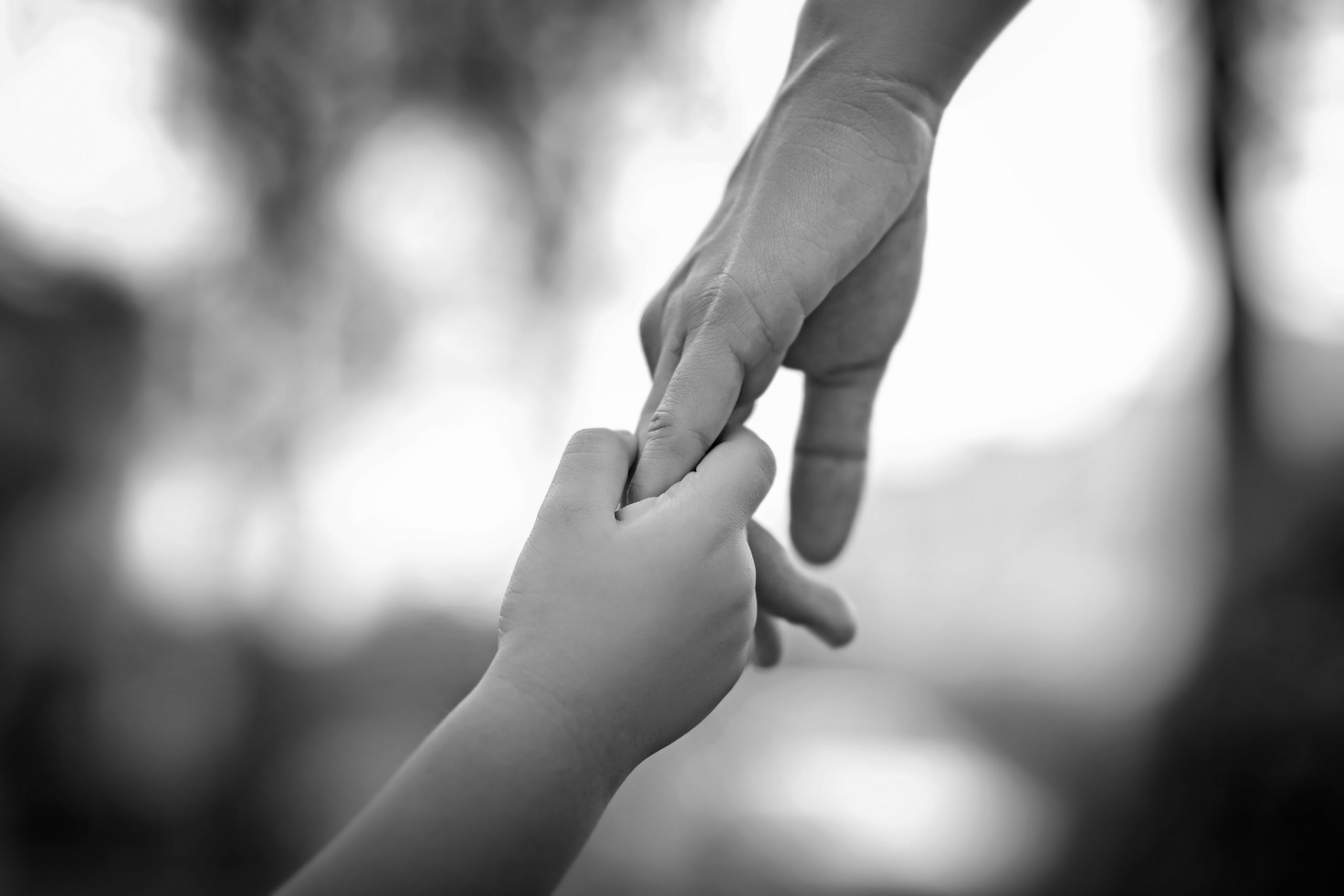Share This Article
ArrayCurrently, in all Australian states and territories children under the age of 10-years-old are treated as incapable of committing a criminal offence, and thus cannot be found guilty of one.
The Latin phrase ‘doli incapax’ meaning ‘incapable of wrongdoing’ is used to describe this doctrine.
Children between the ages of 10 and 14 are presumed to be doli incapax, however, this may be rebutted by the prosecution when pursuing criminal charges against someone of these ages.
To rebut this presumption, the prosecution must prove that the child knew it was morally wrong to engage in the conduct, as opposed to where they may have thought of it as ‘merely naughty or mischievous’ (RP [2016] HCA 53).
Evidence that may prove this will ultimately depend upon the circumstances of the child and the nature of the allegation. It may include evidence of the child’s education, upbringing, their conduct related to the offence and answers given during a police interview, if one is provided.
This is due to how it necessarily involves assessing the child’s ‘intellectual and moral development’.
There has been a movement across Australia to seek to have the minimum age of criminal responsibility raised to 14, rather than 10 where it stands at now.
This has been supported by medical evidence detailing that children under 14 may not have the required capacity, and the impact that the current status of the law has on disadvantaged children.
The UN Committee on the Rights of the Child in 2019 specifically urged the Australian Government to do so, for it to be at an ‘internationally acceptable level’ which has been identified as 14.
However, the responses by the Australian states and territories have not yet accorded with this request.
The Northern Territory has raised the age to 12 in 2023, whereas Victoria plans to raise the age from 10 to 12 by 2024, with a view to again increasing it to 14 by 2027.
In the Australian Capital Territory, there are plans to increase the age to 14 by 2026.
Tasmania has noted that it will raise the minimum age of incarceration to 14 in 2024, whilst the actual age of criminal responsibility will remain at 10.
The New South Wales and Queensland Governments have stated that they are waiting on further recommendations and findings from the standing council of attorneys general.
South Australia and Western Australia have also refrained from acting on the issue yet.
A main issue pointed to by the states and territories is concerns regarding further work that may need to be done regarding processes and services for children under the minimum age of criminal responsibility who exhibit offending behaviour.
A Tiered Approach
In 2022, the Law Council of Australia proposed a series of ‘tiered’ responses for children under the minimum age of criminal responsibility.
The report has also identified that responses will necessarily include a ‘first response’ at the incident, and a ‘secondary response’ following.
When responding to crisis incidents involving children, first responders should be trained to assess incidents appropriately and to act in ways that avoid or minimise harm to the child.
Whilst they acknowledge that police officers will often be first on the scene in crisis situations, an overarching principle is that children should not be primarily dealt with by police.
When dealt with by police, it is noted that police may only detain a child under the minimum age of criminal responsibility where there is an immediate, serious risk of harm to the child or others.
This is only until a specialist worker arrives, with police required to use the least restrictive means possible and no more force than is reasonably necessary.
In accordance with international law, it is also a clear principle that such children should not be transported or accommodated in police vehicles, watchhouses or other types of police facilities alongside adults.
The report also notes that referrals to secondary support services should occur shortly after.
This forms part of a longer-term approach to respond to the needs of such children, with the Law Council identifying the manner in which this secondary response might involve several tiers.
The ascending tiers essentially reflect the intensity of the response required.
Tier 1 – Children under the minimum age of criminal responsibility with complex needs
This tier would essentially be the default response and reflects the principle that it is normal for many children to engage in supposed ‘minor anti-social behaviour’.
Where strong support networks are in place, this behaviour is usually recognised and addressed by one’s parents or school, rather than the exercise of the criminal law.
Therefore, those who do not have this support network are often more likely to come to the attention of police and dealt with by authorities.
Complex needs related to mental and physical health, as well as disability, poverty, insecure housing, abuse, and neglect are common amongst such children.
This reflects one of the main arguments behind raising the age of criminal responsibility, in that children should not face harsher consequences than others merely due to their social disadvantage.
Rather than police officers, local support services (i.e., parental support, child behavioural support, alternative education programs, substance abuse programs, and family violence prevention services) should be the primary response.
However, it has been identified that this should necessarily be accompanied by a significant and sustained increase in funding for such services.
Tier 2 – Children under the minimum age of criminal responsibility with serious complex needs
The Law Council have identified that there should be a threshold to determine whether the child requires a more intensive response.
This may be satisfied by determining:
- Whether the child has engaged in, or attempted to engage in, conduct which is reasonably considered to be seriously harmful to themselves or the community, and
- They are more likely than not to place either themselves or members of the community at significant risk of serious harm to their person or property.
The report suggests that this would involve a decision-making body or panel which would review the child’s situation and create an individualised response plan for that child.
It is noted that the outcome of proceedings before a such body would not be a sentence or order, but rather a ‘response plan’.
This may involve attending specific intervention programs, health and other services appointments, certain living arrangements, as well as engaging in restorative processes (i.e., meeting with victims).
Where this involves coercive powers, safeguards must be maintained including by only making such powers available to authorities where all options to secure a child’s voluntary participation have been attempted and completely exhausted.
Coercive powers include involuntary admission to secure facilities, compulsory treatment in the community, or other civil orders (i.e., mental health orders, care orders).
Tier 3 – Children under the minimum age of criminal responsibility with extreme complex needs
This tier would involve children who have killed, tortured or seriously sexually abused others.
A possible threshold suggested by the Law Council for children that would fall in this category include those who have engaged in violent conduct, including serious sexual violence, which is reasonably considered to be gravely harmful to the community.
The behaviour would have to fall within the most exceptional categories of such behaviour.
In assessing whether they fall into this tier, the child would be more likely than not to place members of the community at significant risk of grave harm to their person, with existing responses under relevant mental health legislation not applicable to the child.
It would also involve a medical practitioner deeming existing community health and social service options are inadequate to respond to the child’s extreme complex needs.
Responses to such children may include some form of mandated residential supervision (i.e., a small-scale therapeutic facility) and intensive psychiatric care, treatment, and rehabilitation.
It is noted that this must avoid being ‘juvenile detention’ under another name, with regard to be had for the rights of the child and avoiding deprivation of their liberty.
However, it is important to note that such incidents occur rarely in Australia, with this tier likely to be rarely, if ever reached.
Book a Lawyer Online
Make a booking to arrange a free consult today.
Call For Free Consultation
Call Now to Speak To a Criminal Defence Lawyer
Over 40 Years Combined Experience
Proven SuccessAustralia-Wide
Experienced LawyerGuarantee
 (02) 8606 2218
(02) 8606 2218
 (02) 8606 2218
(02) 8606 2218












